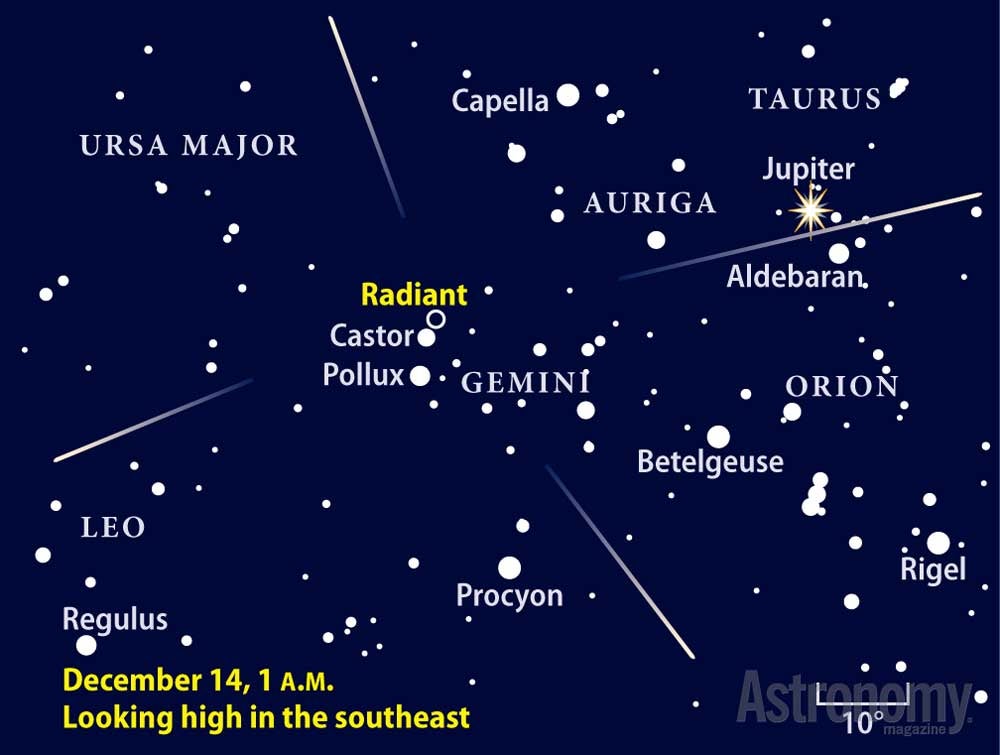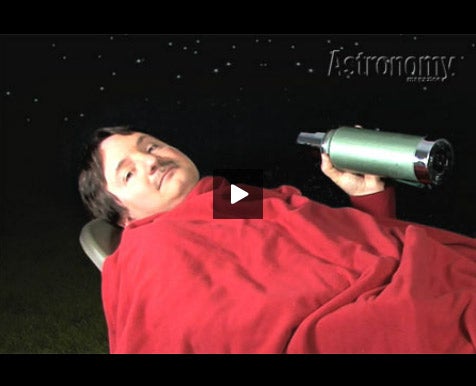If you trace the meteor trails backward, they meet slightly north of the 4th-magnitude star Eta (η) Aquarii. That’s how this shower gets its name. The particles we see as meteors originated from Comet 1P/Halley. As Earth runs into the particle stream, we view the bright, fast meteors.
Meteors glow because friction between the fast-moving particles and the air create incandescent columns of glowing gas. Eta Aquarids slam into Earth’s upper atmosphere at 148,000 mph (238,000 km/h). Because of their high velocity, many Eta Aquarids leave persistent smoke trails.
The radiant will climb higher in the sky for observers near the equator and in the Southern Hemisphere, so they should expect to see the peak number of meteors. Observers in mid-northern latitudes will see closer to one-third of the maximum.
Fast facts:
- At 148,000 mph (238,000 km/h), Eta Aquarid meteors are the second fastest of any annual shower. Only the Leonids of November hit our atmosphere faster, at 159,000 mph (256,000 km/h).
- The Eta Aquarid meteor shower is one of two that derives from Comet Halley’s debris. The other is the Orionid shower, which peaks in October.
- Video: How to observe meteor showers, with Michael E. Bakich, senior editor
- StarDome: Locate the shower’s radiant in Aquarius in your night sky with our interactive star chart.
- The Sky this Week: Get your Eta Aquarid meteor shower info from a daily digest of celestial events coming soon to a sky near you.
- Sign up for our free weekly email newsletter.












